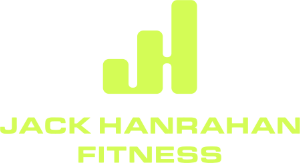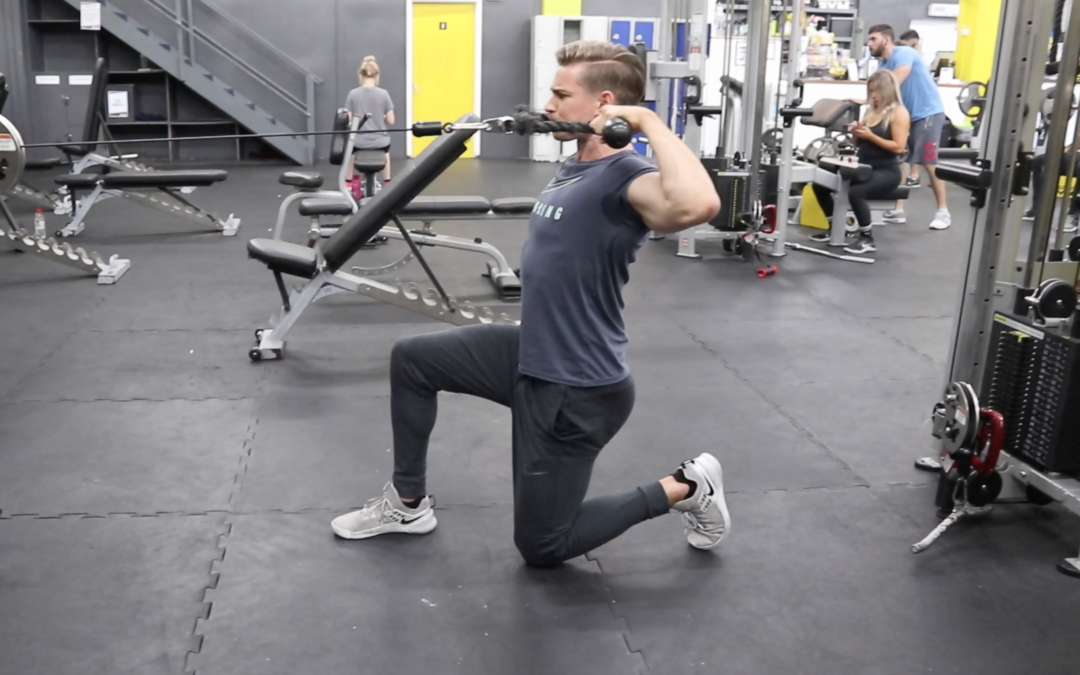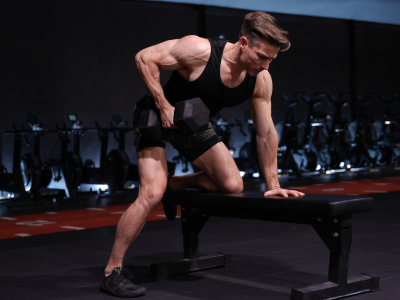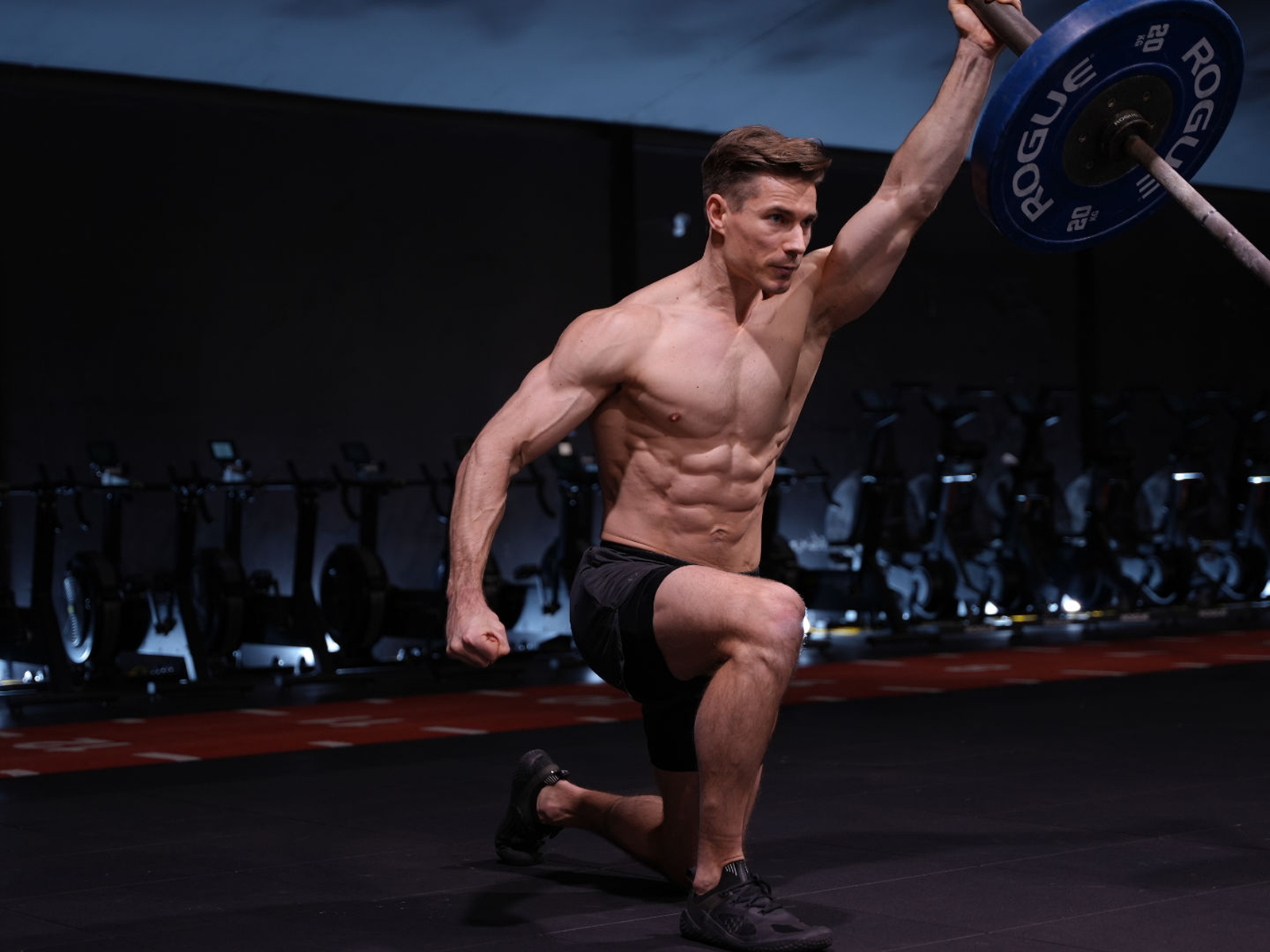What’s this…a whole post on facepulls! An exercise you’ve probably never heard of…?
Damn straight. Its THAT GOOD. Especially when its a move that can combat the leading pain complain in the gym – front sided shoulder pain.
If you’re anything like most gym goers, you’re doing a tonne of pressing work and your shoulder exercises consist mainly of overhead presses, lateral and front raises. The upper back doesn’t get nearly enough attention, the rear delts are neglected and the rotator cuff – forget about it.
Powerlifters are a little more savvy. They understand that to press the weight of 3 men, they need a thick upper back and strong, stable shoulders. Exercises are strategically selected for this purpose and the facepull is one of them.
Whether of not you’re trying to build super human strength, it doesn’t matter. There’s one thing that we ALL desire – to stay healthy and pain free in the pursuit of our fitness goals.
The face pull will help you do just that. I’ll give you 3 good reasons why:
#1 Corrects Muscle Imbalances
Facepulls work the often weak and neglected muscles of the posterior shoulder and upper back – external rotators, posterior deltoids, rhomboids and middle trapezius – all in one move.
This helps to restore muscular balance across the shoulder girdle, which is paramount to keeping the shoulders healthy and functioning well.
This is also going to give a more well-rounded look to your upper body, if aesthetics is your primary focus.
#2 Improves Shoulder Stability
If you possess weak shoulder stabilisers, then you’re guaranteed to display faulty movement when you perform upper body exercises like the bench press. Lifting heavy loads repeatedly with unstable shoulders is a sure fire way to injure this delicate and vulnerable joint.
Facepulls effectively target both the scapula and shoulder stabilisers which will help to keep them strong and capable of performing their important function.
#3 Combats Poor Posture
So much of our day is spent gazing at screens. More often than not, with the shoulders rolled forward and arms turned in. Kinda like how you’re reading this right now 😉
If left unchecked, this hunched position can reshape posture – muscles become short and tight and mobility declines.
The face pull works the exact opposite position of hunched / rounded shoulder posture.
In Geek speak, these movements include:
– External rotation and abduction of the shoulder joint.
– Retraction of the shoulder blades.
Strengthening the muscles through these neglected ranges does wonders for posture and helps to prevent the shoulders from becoming tight and immobile.
3 Way to Perform the Facepull
There are many ways to perform the facepull and the use of bands as a form of resistance has become increasingly popular. But to keep things simple and to respect the fact that not everyone has access to bands – I’ve included 3 variations that use a common piece of kit, a cable column and rope attachment.
Chose one, work it into your program and rotate the movement every 3-6 weeks.
1/2 Kneeling Facepull
Coaching Notes
Adopt a lunge position with a 90 degree angle at both knees. Squeeze the glutes and brace the abs to keep nice and stable. Take an overhand grip of the rope. The attachment can be in line with your face or slightly above. Experiment here to find what’s most comfortable. As you initiate the pull, keep the hands and fingers fairly relaxed. Just think about elbows coming back and turning the biceps up to get that all important external rotation at the shoulder. Pause for a split second before reaching forward until the arms are straight again.
Prone Cable Facepull
Coaching Notes
Lay prone on a high incline bench and set the rope up at the lowest attachment point. Squeeze the glutes and brace the abs to lock the spine in a nice neutral position. Take an overhand grip of the rope and pull the elbows back (flared elbows not tucked) until the hands are just outside your face. Keep your chest in contact with the bench. You can arch a little but keep to a minimum. Too much arching is a compensatory movement which indicates that the weight is too heavy and you won’t get a contraction in the muscles we are trying to target.
Seated Facepull
Coaching Notes
Start in a fairly upright posture with a slight backward lean of the torso. Brace abs to lock the spine in place and prevent any excessive arching of the low back. The attachment can be in line with your face or slightly above. Experiment here to find what’s most comfortable.Take an overhand grip of the rope and pull the elbows back (flared elbows not tucked) while turning the biceps up (kind of like a double bicep pose). Aim for your chin. The shoulder blades should come together at the end of the pull. Slowly straighten the arms and repeat for desired reps.
Programming
The face pull works postural muscles of the upper back and shoulders. It therefore responds well to higher rep ranges with short recoveries between sets. Such as:
3-4 sets.
15-20 reps.
45s-60s rest.
Wrapping Up
Maybe you’re training through shoulder pain, maybe you just want to avoid it (Smart thinking). Either way, the facepull deserves to be a staple in your routine. Adopt it and you’ll be one step closer to healthy, pain-free shoulders and preserve your lifting longevity.
Thanks for reading and I welcome your questions below.




Great blog on facepulls. However, when I facepull there is a physical click between the shoulder and neck. I asked a ‘fully qualified’ PT but he just thought it was freaky and dropped the exercise. Have you ever come across this?
Also, great work all around, I started following you a few months ago and the stretches and movements you do have helped me progress and recover in the gym more efficiently. I also notice others mistakes in the gym.
Did I hear talk of a book or e-book you’re writing?
Keep you all the work!
Is it normal to feel it really strong in the upper traps?
Does this mean I retract too much and externally rotate too little?
I’d say the form shown in the videos is wrong to begin with. You palms should be parallel and your thumbs should be facing backards to emphasize the external rotation. Your elbows should be a little more open (almost 90 degrees), which will also help external rotation.